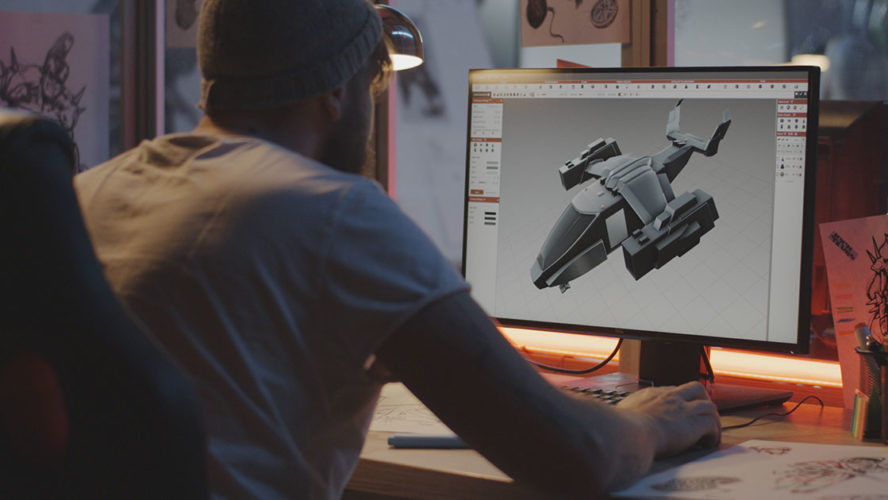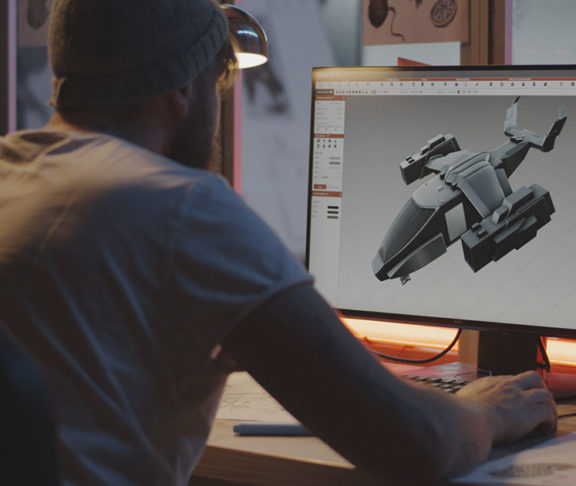Although lots of young people engage in artistic activities, it is not always clear to them how to channel these interests into rewarding careers.

Joanne Kersh
Director of Research, Association of Independent Colleges of Art and Design
A recent survey by the Association of Independent Colleges of Art & Design found that many middle and high school students with creative interests possess little knowledge about educational and career opportunities in art and design. Many may think of artistic pursuits as hobbies only or believe that those who choose creative careers are destined for financial struggle. However, today, more than ever, there are plenty of rewarding career paths for artists and designers, and an education in the visual arts helps students develop creative approaches to problem solving, acquire new skills, and master evolving technologies that can open doors in many fields.
Careers in art and design range from the more traditional roles of fine artists and craft artisans to careers in interior design, fashion, publishing, animation, and film & television production, to name just a few. What’s more, in our ever-changing world, new opportunities continue to arise. For example, some current areas of growth include video game production, interaction design, and sustainable design.
New opportunities
Video game production is a multibillion-dollar industry that continues to expand as consumers seek new and continually more sophisticated gaming experiences. Video game creation combines storytelling and rule development with visual and sonic arts to create engaging, immersive experiences. Education in game development is multi-faceted, involving illustration, animation, computer programming, creative writing, cutting-edge technology, and marketing.
Interaction design is a specialized aspect of User Experience design that is becoming increasingly important as more elements of our daily lives are touched by technology. It is the design of the interplay between a user and a predominantly technology-based product (e.g., a website, an app, a device). While many design fields focus primarily on form and aesthetics, an understanding of human behavior is critical in interaction design. In addition to training in fields such as visual communications and industrial design, research skills and knowledge of psychology can benefit the interaction designer.
Sustainability
The concept of sustainability is playing an increasingly important role in a number of design fields such as architecture, interior design, and fashion. Creatives who focus on sustainable design conceptualize spaces and products that are healthy and eco-friendly. They aim to minimize waste and reduce the use of non-renewable resources. Along with some knowledge of environmental science, study in the areas of architecture and urban planning, as well as fashion, product, or industrial design offer pathways for those who are interested in applying their artistic talents to support a more sustainable future.
Creative career opportunities are also proliferating in unexpected places, outside of the more customary art and design industries. There is an increasing demand for design capability in many sectors of the economy. In fact, according to new research by the Burning Glass Institute, the majority (67%) of jobs held by college graduates in “business-related” industries now involve some degree of design responsibilities. In many positions, the need for communication design skills has risen exponentially in the last decade. For example, graphic design and visual communication skills are now requisite for many jobs in marketing, data analytics, and manufacturing. Whether acquired through a degree in the visual arts or through professional development opportunities that offer training in specific skills, technologies, and applications, creative competencies are in high demand by employers in a range of industries. There’s never been a better time to find a fulfilling career in art and design.



